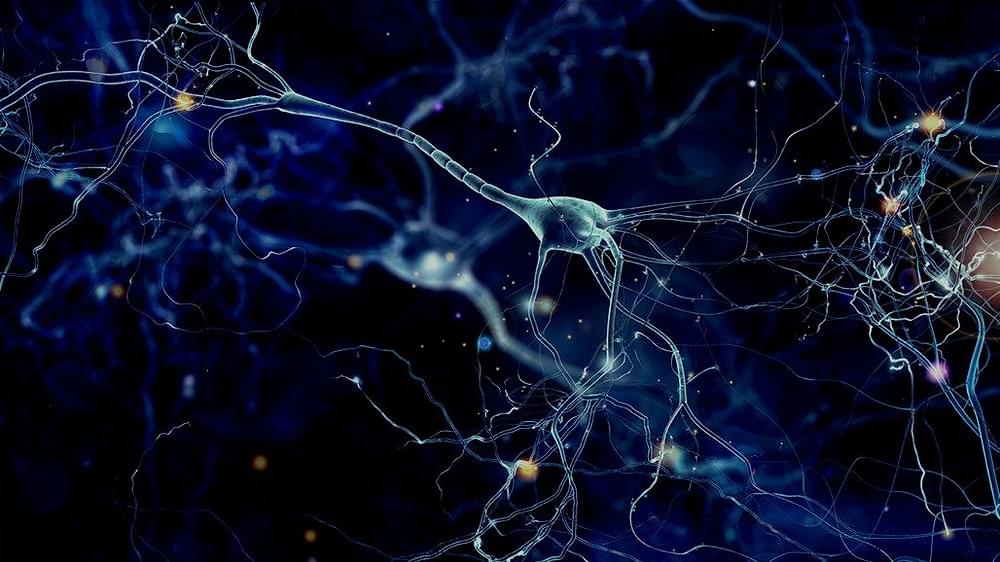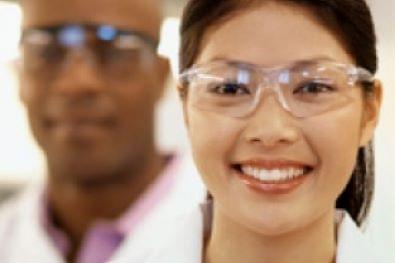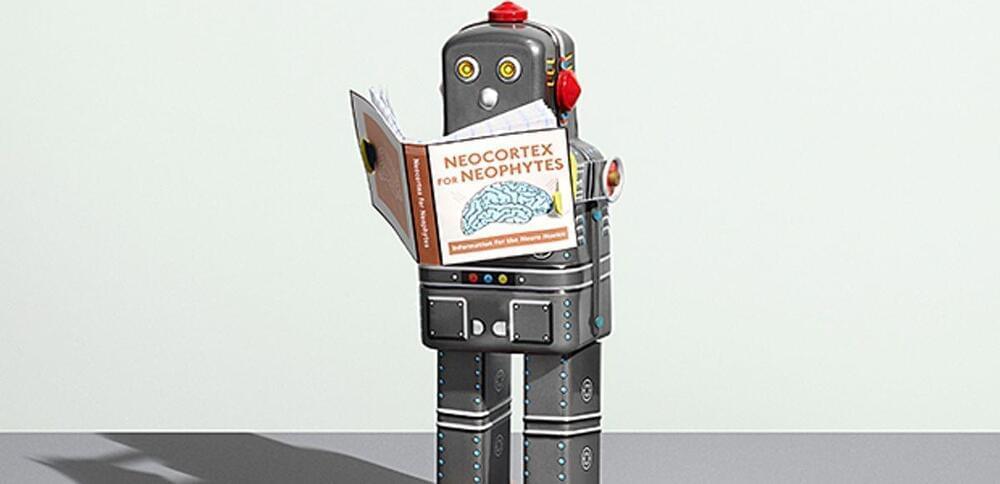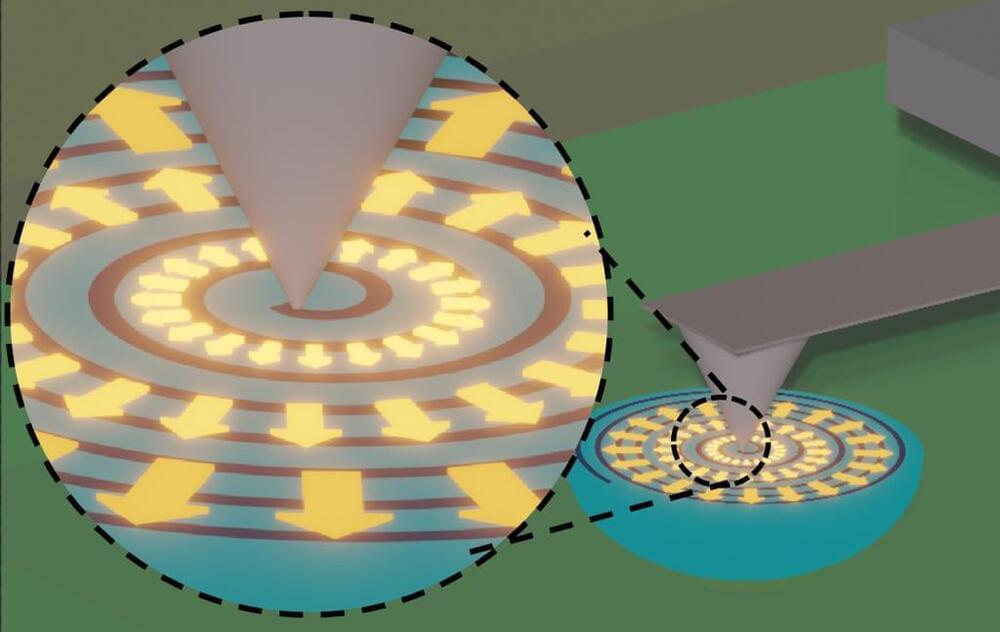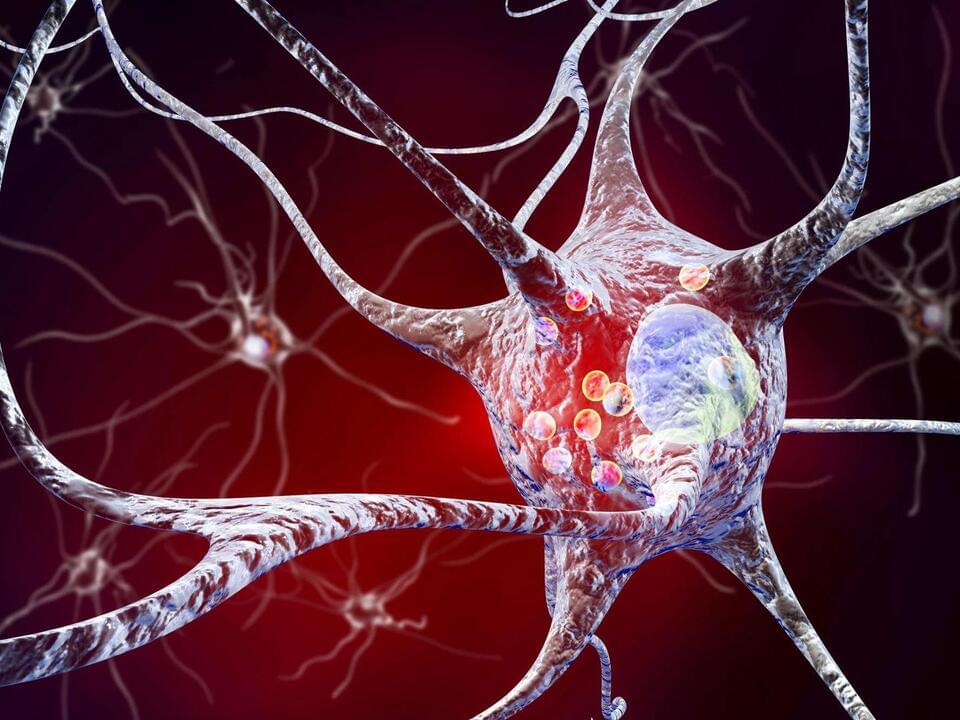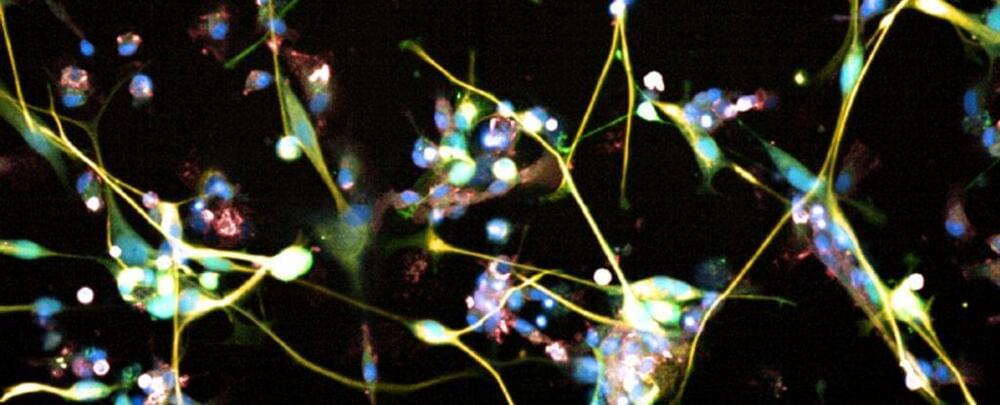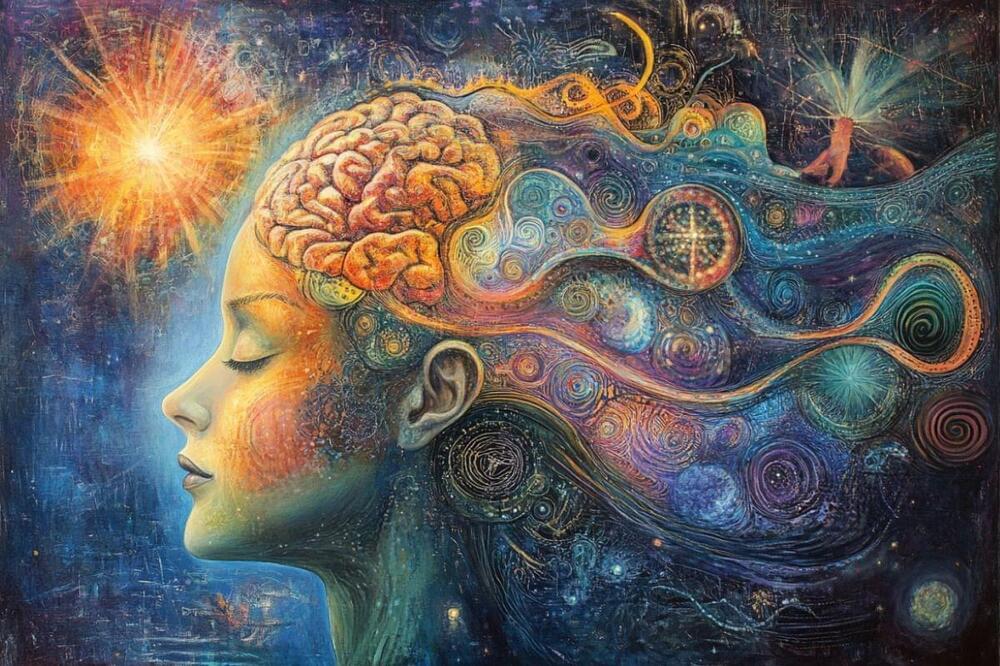The primary question we will attempt to investigate in this article is whether consciousness is a fundamental property of nature, or is it an emergent phenomenon. The nature of consciousness is shrouded in mystery. Although we understand a lot about how the world works from a third person perspective, we don’t understand the source of consciousness, even though everything we know is due to consciousness. Our conclusion is that consciousness is likely an emergent phenomenon. Consciousness emerges from physical matter (due to the arrangement of and interactions between physical matter), and ordered complexity is simply a fortunate product of random processes. We claim that defining consciousness as a fundamental property of the universe is not scientific. We also provide some evidence as to why it is likely that consciousness is emergent from physical matter.
In this article, we will also be addressing the question of whether we need fundamentally new kinds of laws to explain complex phenomena, or can extensions of the existing laws governing simpler phenomena successfully explain more complex phenomena. It is crucial to understand this question in order to obtain a better understanding of the way complexity arises from simplicity. This question is interdisciplinary in nature and would possibly have an effect on less fundamental sciences (like medical sciences), other than physics. The question involves chaos theory, emergence and many other concepts.
